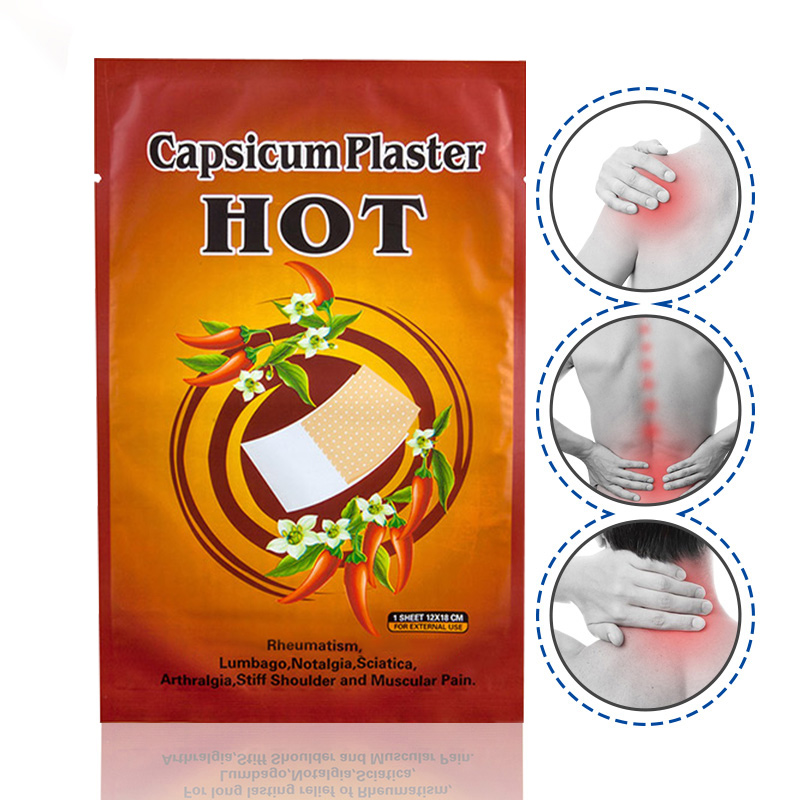Author:Kangdi 30-11-2023
The growing popularity of capsaicin pain relief patches underscores larger trends toward accessible, natural health solutions for self-care wellbeing. However, embracing the innovative new format first requires understanding exactly how external compounds like chili pepper extracts act locally on sensory neurons and tissues to safely mitigate discomfort.
Examining the key biological mechanisms paints a fascinating picture of natural pharmacological principles refined over eons through evolutionary plant defense strategies. The investigation also reveals precision targeting opportunities seeding the next generations of optimized, synergistic transdermal formulas.
01. TRPV1 Receptors
The primary mechanism centers on activation of Transient Receptor Potential (TRP) nerve cell ion channels - specifically the TRPV1 subtype attuned to temperature and inflammatory signals. As the biological mediator of spice detection, capsaicin binds to TRPV1 receptors found concentrated along pain pathway nerve fibers.
The initial excitation triggers signaling cascades that temporarily overwhelm pain perception - interpreted as dramatic heat or burning sensations. Secondary depletion of key neurotransmitters follows the dramatic excitation due to feedback inhibition effects, effectively numbing discomfort signaling further through sustained contact.
02. Substance P Blocking
The TRPV1 stimulation cascade additionally obstructs transmission of a key pain compound called Substance P, which communicates discomfort signals. By compromising binding to reception sites, capsaicin locally blocks Substance P's pain amplifying effects.
The combined effect of overstimulation anesthesia and neurotransmitter regulation achieves potent, rapid-onset analgesia perfect for breakout discomfort flares or ongoing issues like arthritis and joint inflammation when applied topically.
03. Muscle Relief
Beyond neurological pain pathways, researchers now recognize capsaicin's direct anti-inflammatory influences on muscle tissues. As a vasodilator, contact causes increased localized blood flood, enabling oxygen and healing nutrient delivery while flushing inflammatory cellular byproducts.
The resulting fluid dynamics acutely reduce swelling, stiffness and tension underlying muscle strain discomfort. Ongoing exposure may even promote tissue regeneration helping chronic conditions like osteoarthritis.
04. Enhanced Absorption
Modern patch delivery methods optimize skin permeation using microscopic needles, chemical carriers and encapsulation techniques maximizing capsaicin absorption into local underlying tissues. This advances penetration depths beyond superficial nerves, enabling the compound’s analgesic and anti-inflammatory mechanisms to impact muscles and joints.
The localized subdermal saturation contrasts oral non-steroidal anti-inflammatory drugs that rely on digestive passage followed by vascular circulation for muscle and joint exposure. Topicals provide more immediate, concentrated effects where users feel pain.
While the search continues for definitive remedies permanently healing damaged nerves or inflammatory conditions, capsaicin patches provide profound, accessible interim relief by targeting key pain processes. The robust pharmacological portfolio through a simple adhesive application foreshadows promising new directions improving both acute and chronic discomfort outlooks.
 0086 19937104978
0086 19937104978





